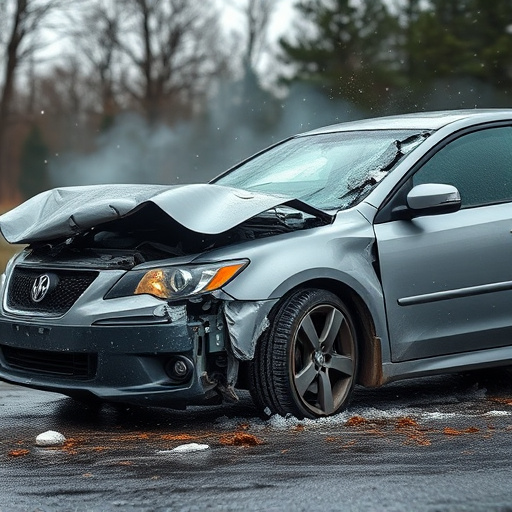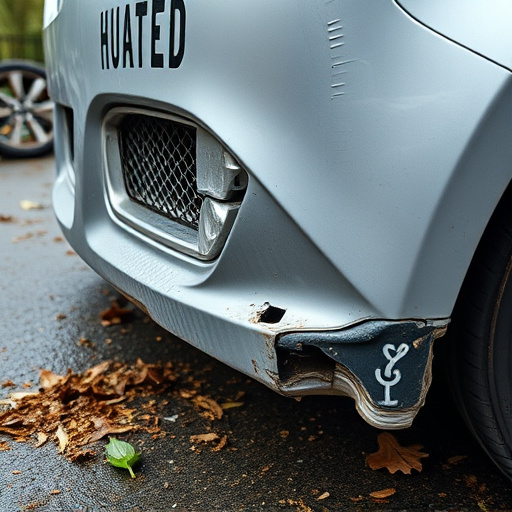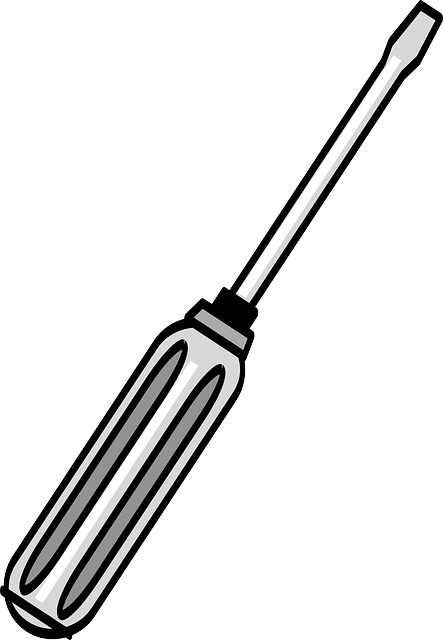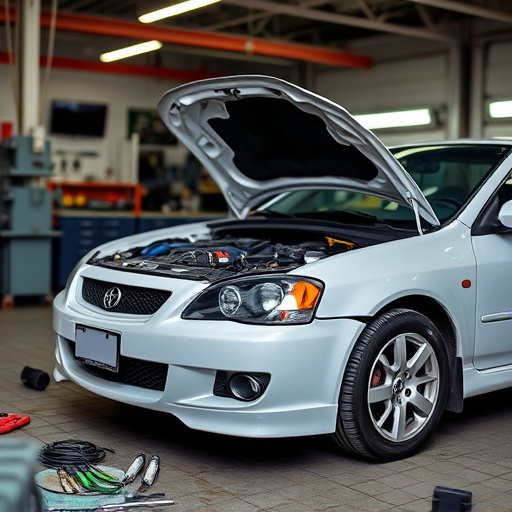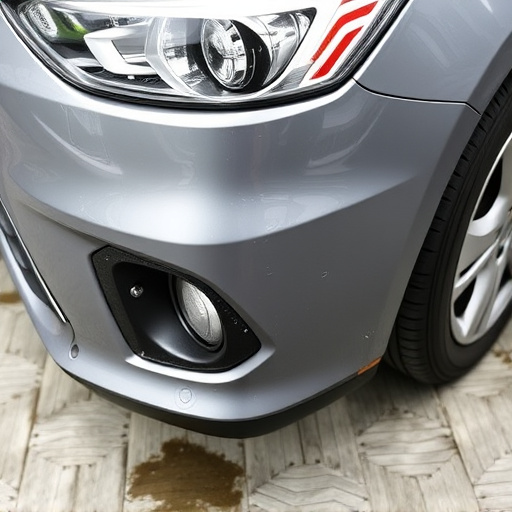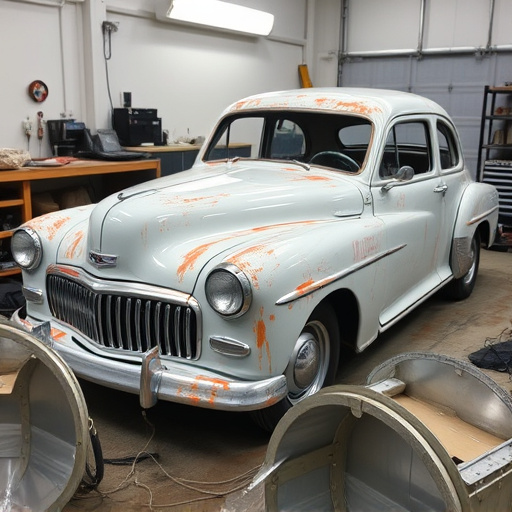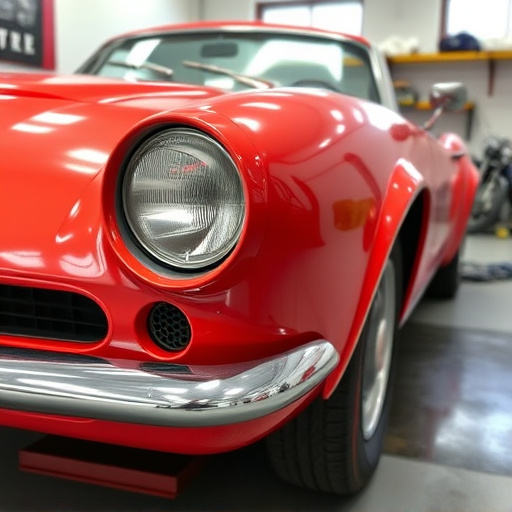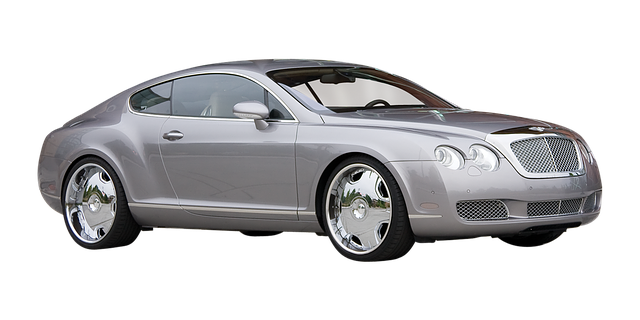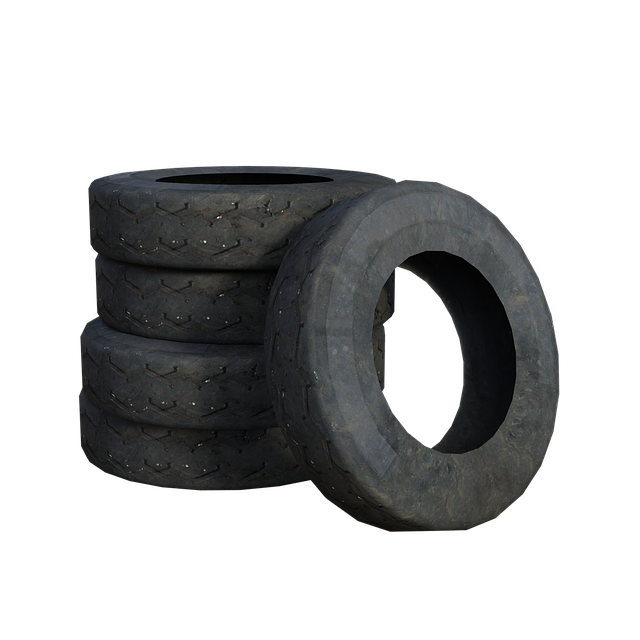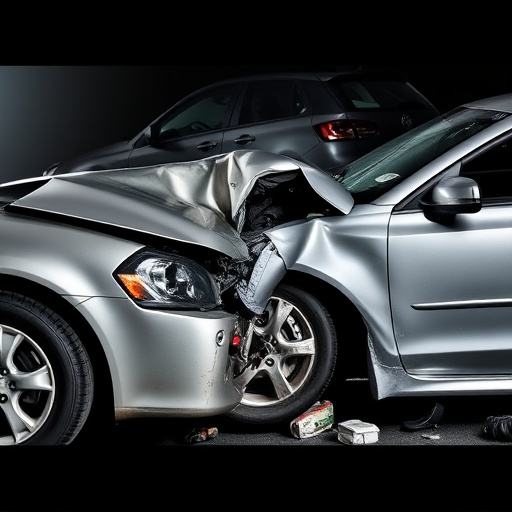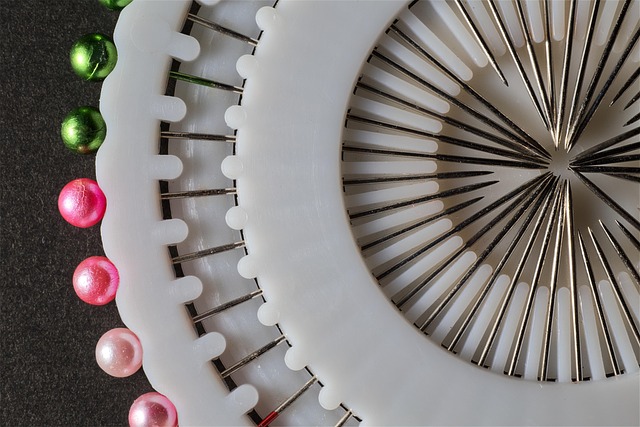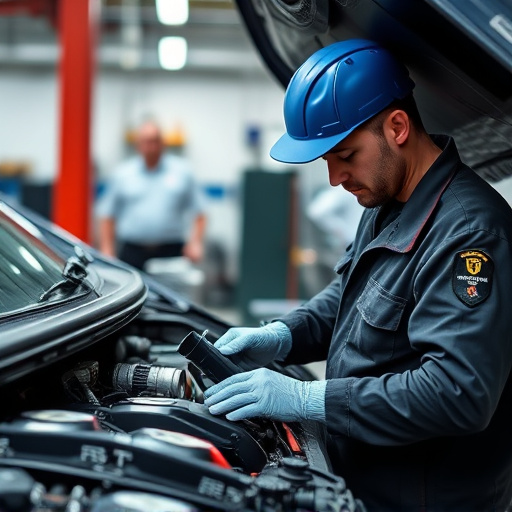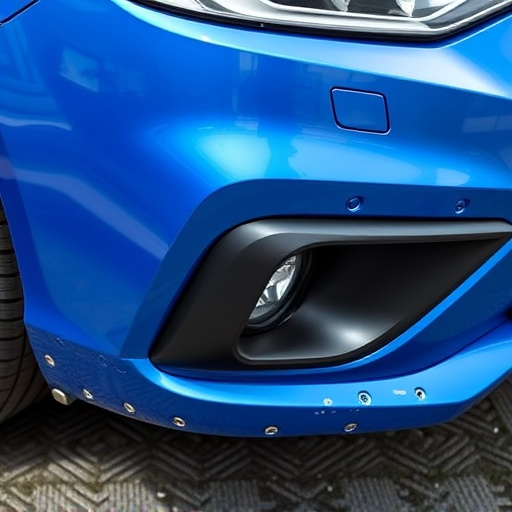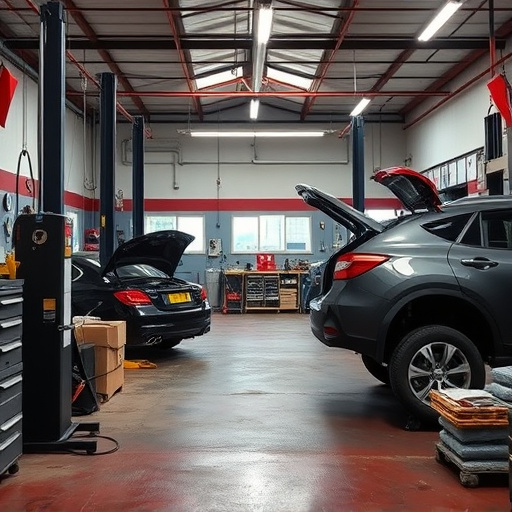Unibody frame repair is a specialized, critical process in auto collision repair that restores and maintains the structural integrity of a vehicle's protective cage, directly influencing crash safety ratings. Skilled technicians at trusted centers use advanced tools to minimize damage to critical components, reinforce joints, and ensure precise fitting, enhancing impact distribution performance and protecting occupants. Proper unibody frame repair is essential for optimal crash protection in front, side, and rollover collisions, requiring a deep understanding of the complex interaction between the unibody frame and safety systems. Advanced methods enable meticulous restoration, contributing to evolving vehicle safety standards.
Unibody frame repair, a specialized technique in automotive restoration, significantly influences vehicle safety. This innovative process involves reconstructing the structural backbone of a car, enhancing its crashworthiness. In an era where safety ratings are paramount, understanding how unibody repairs impact crash tests is crucial. This article delves into the science behind unibody frame repair, its effects on crash performance, and how modern techniques ensure vehicles meet stringent safety standards, offering a comprehensive guide for both industry professionals and informed consumers.
- Understanding Unibody Frame Repair: A Foundation for Safety
- The Impact on Crash Testing and Ratings
- Ensuring Structural Integrity: Modern Techniques and Future Implications
Understanding Unibody Frame Repair: A Foundation for Safety

Unbody frame repair is a specialized process that forms the backbone of ensuring optimal safety in vehicle crashes. It involves meticulously realigning and restoring the structural integrity of a car’s frame, which acts as its protective cage during an accident. This intricate procedure is crucial for maintaining the vehicle’s overall stability and energy absorption capabilities, directly impacting its crash safety ratings.
By expertly handling unibody frame repair at a trusted auto collision center, vehicle body shop professionals can minimize damage to critical structural components. Skilled technicians use advanced tools and techniques to realign panels, reinforce joints, and ensure precise fitting. This meticulous attention to detail translates into enhanced performance during impact distribution, thus improving the vehicle’s ability to protect occupants in various types of collisions.
The Impact on Crash Testing and Ratings
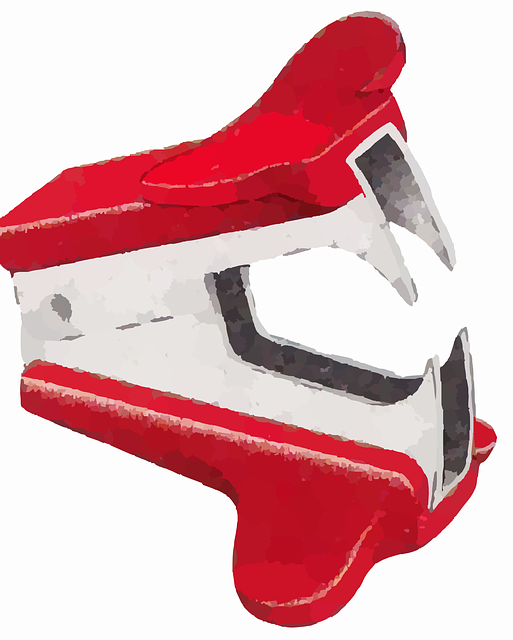
Unibody frame repair has a direct impact on crash testing and safety ratings. The unibody structure, which consists of a rigid frame integrated with body panels, is designed to deform in specific ways during a collision, absorbing energy and protecting occupants. When a vehicle undergoes repair after an accident, especially if the unibody is damaged, this intricate system can be compromised. Skilled technicians must carefully assess and rectify any misalignments or structural weaknesses to ensure the integrity of the frame. This meticulous process involves advanced tools and techniques to realign components and restore the car’s original safety specifications.
Proper unibody frame repair is crucial for maintaining optimal crash performance. It affects how well the vehicle protects passengers during various impact scenarios, including front, side, and rollover crashes. Car scratch repair or minor automotive repairs might not seem significant, but they can influence the overall structural integrity assessed during crash testing. As such, auto painting and repair work should be handled by professionals who understand the intricate interplay between the unibody frame and the vehicle’s safety systems to ensure the highest possible safety ratings.
Ensuring Structural Integrity: Modern Techniques and Future Implications

Unibody frame repair plays a pivotal role in ensuring the structural integrity of modern vehicles, directly impacting their crash safety ratings. Unlike traditional frame designs, unibodies are constructed as a single piece, integrating the vehicle’s chassis and body panels. This innovative approach enhances overall stability during a collision, distributing crash forces more evenly across the structure. Advanced repair techniques have emerged to cater to the complexities of unibody frames, enabling auto frame repair specialists to preserve this critical structural component while restoring vehicles to their pre-crash condition.
As collision repair shops adopt these modern methods, they contribute to the ongoing evolution of vehicle safety standards. Future implications include even more sophisticated repair capabilities, allowing for precise manipulation of unibody components without compromising integrity. This advancement promises to further enhance safety ratings, providing drivers with unparalleled peace of mind on the road. The continuous development of unibody frame repair techniques underscores the commitment of the automotive industry to creating safer and more resilient vehicles.
Unbody frame repair is a game-changer in enhancing crash safety ratings. By understanding the fundamentals of this process and its impact on structural integrity, we can see how modern techniques are revolutionizing vehicle safety. As we look to the future, continued advancements in unibody frame repair will undoubtedly play a pivotal role in making our roads safer for everyone.

